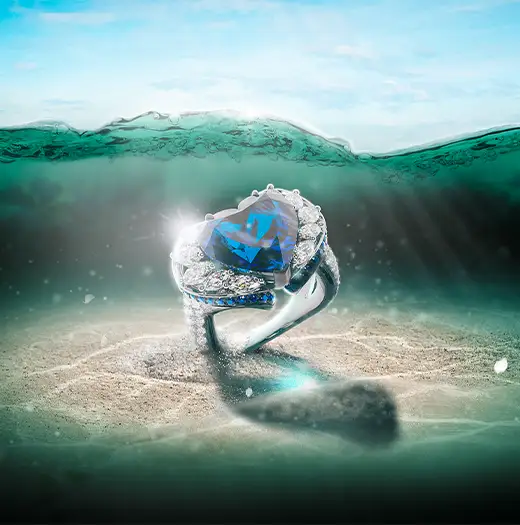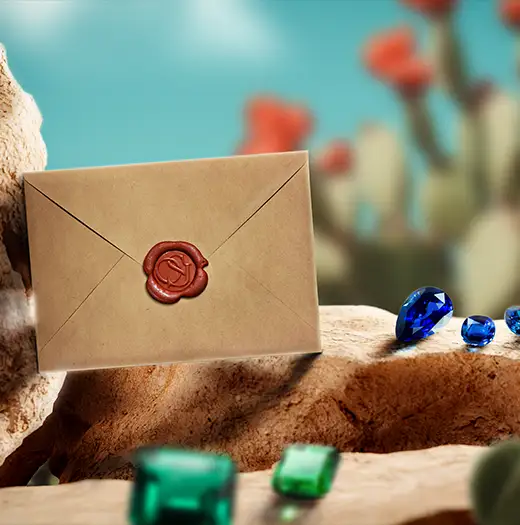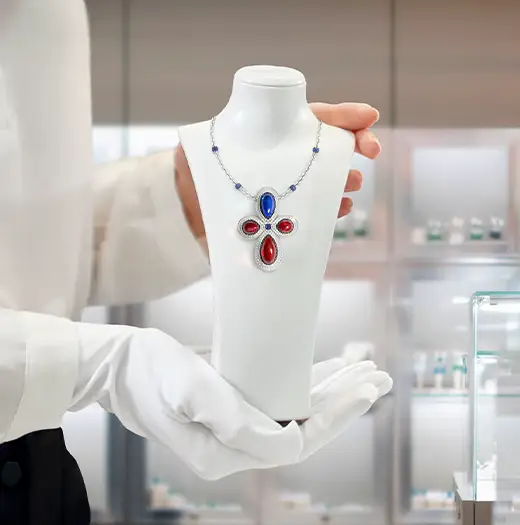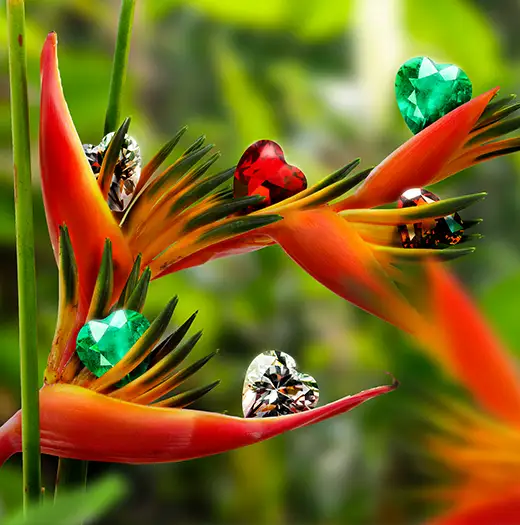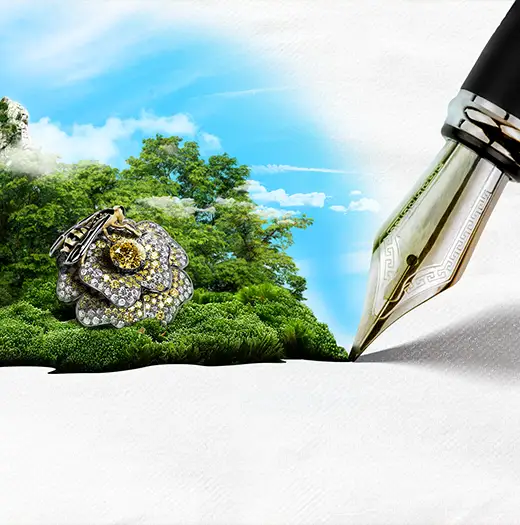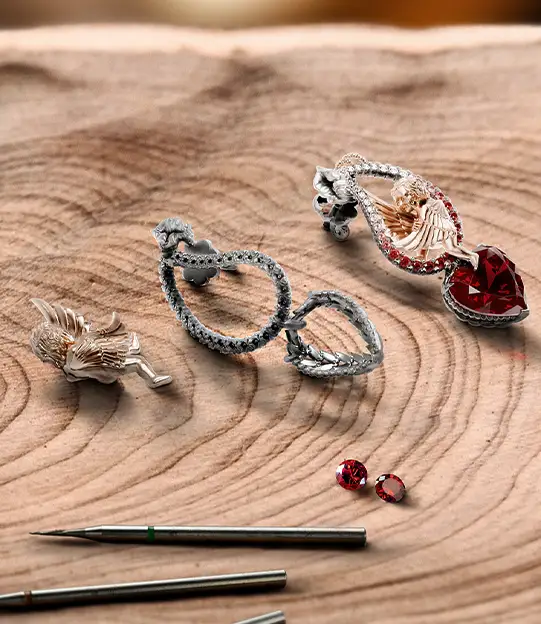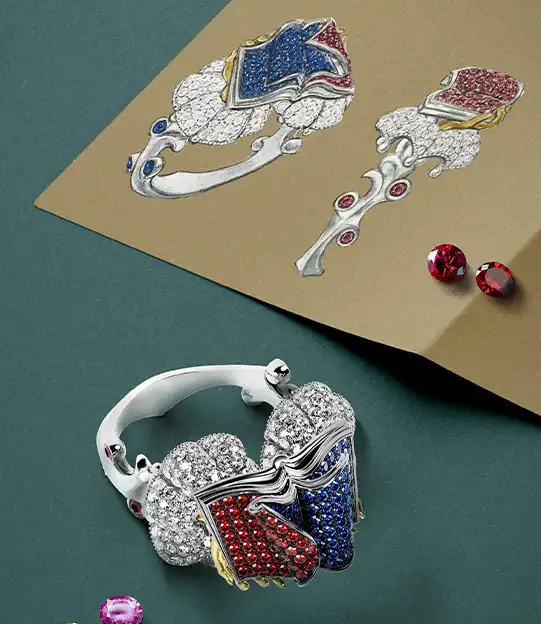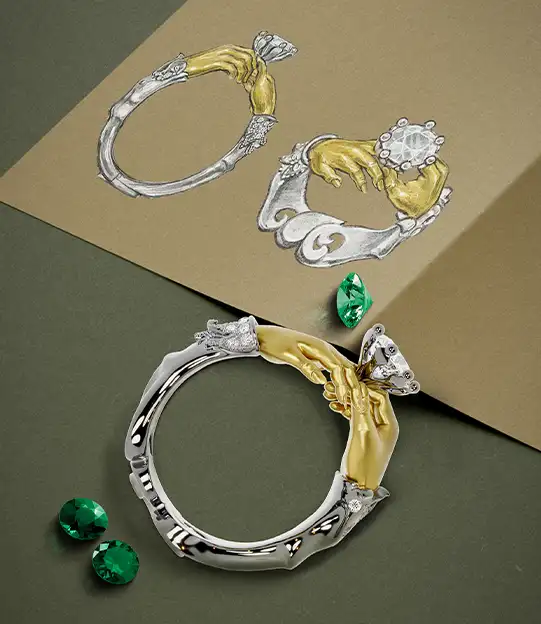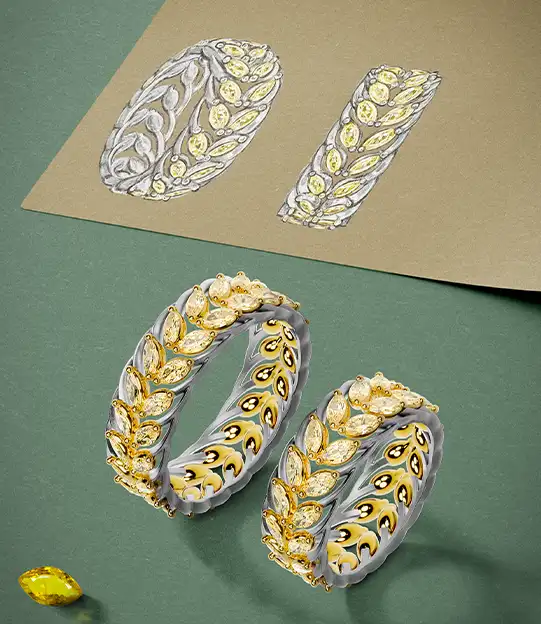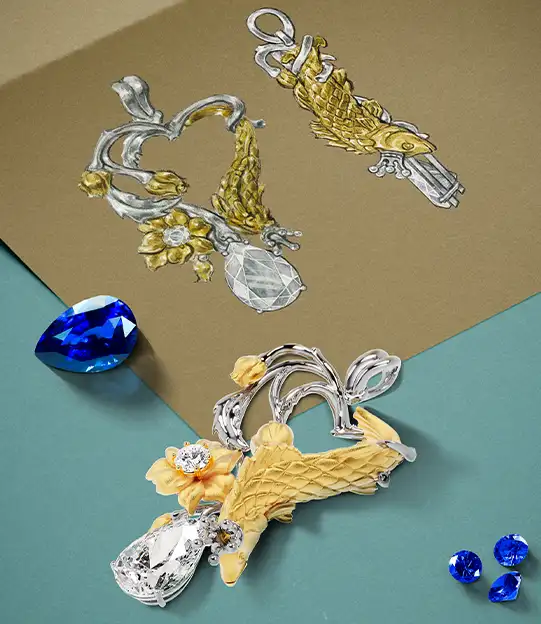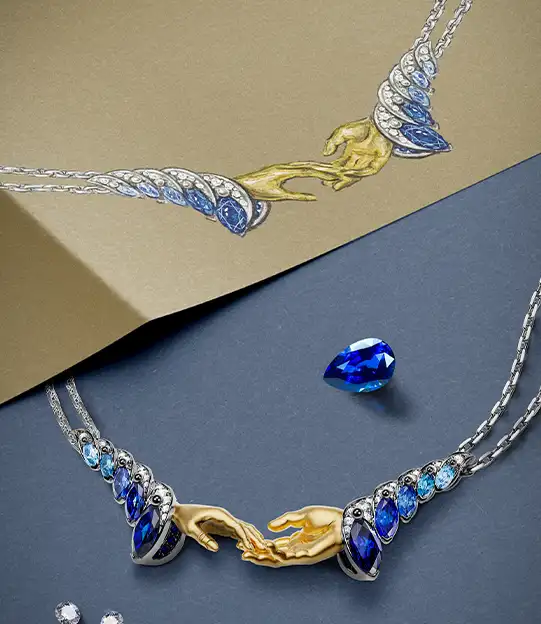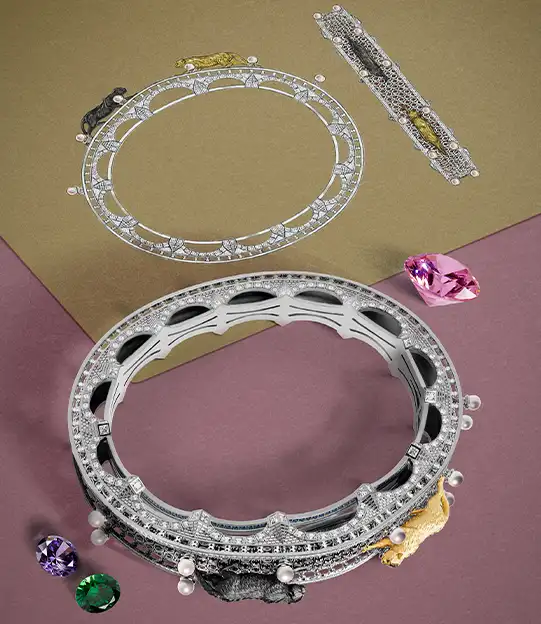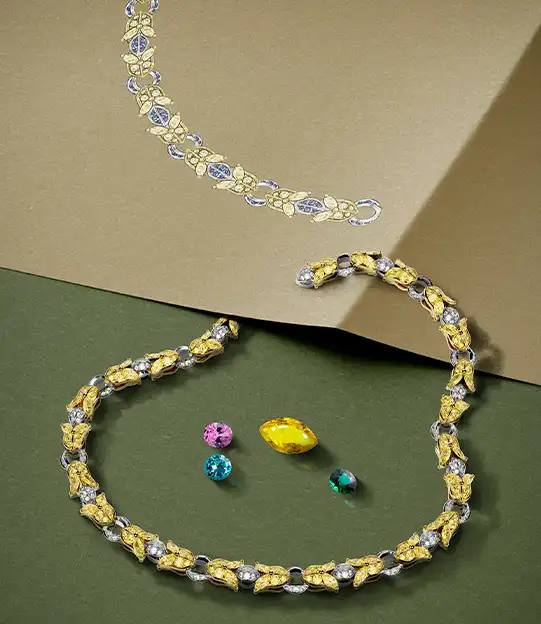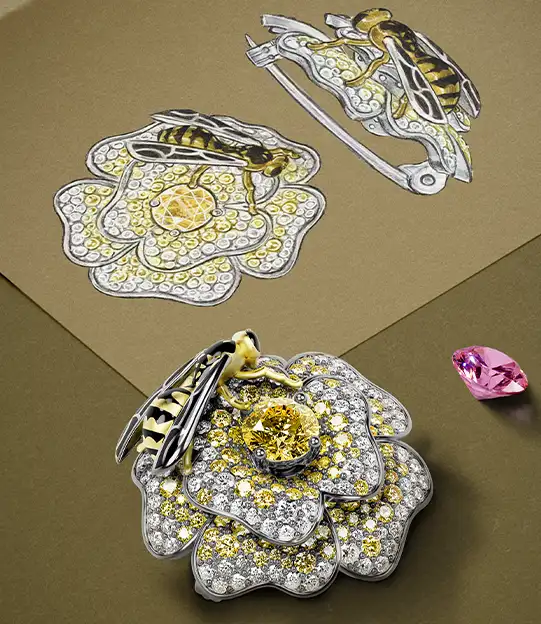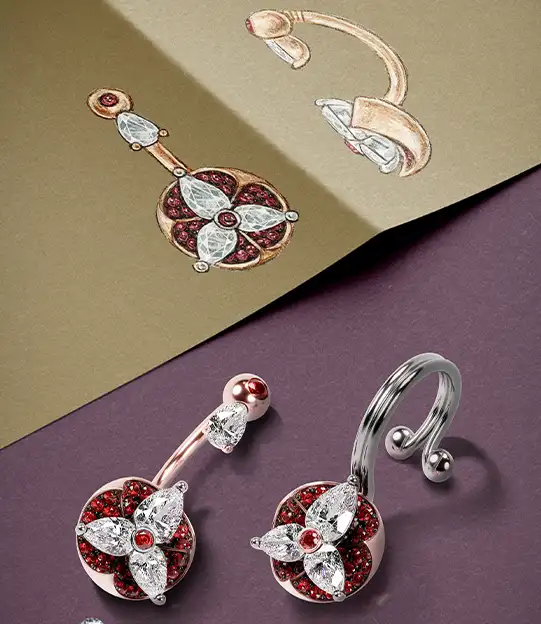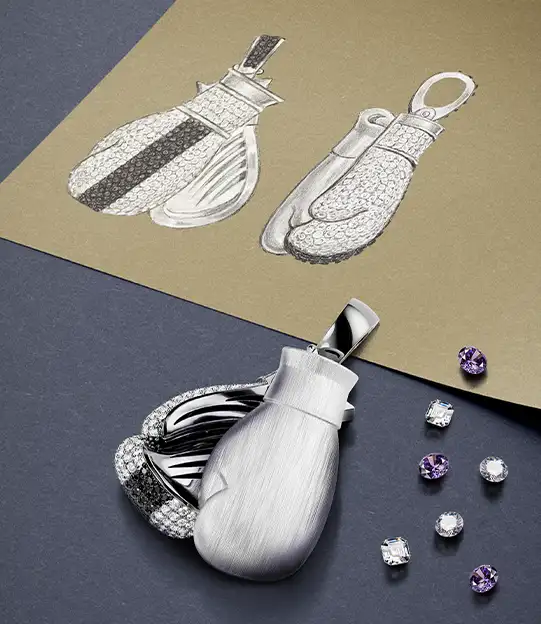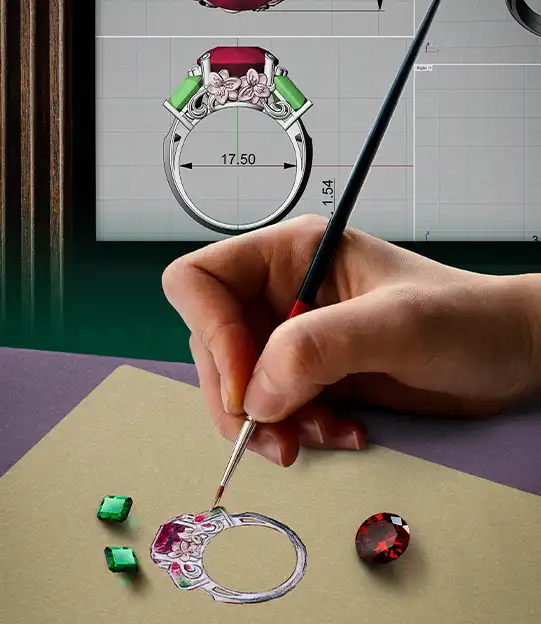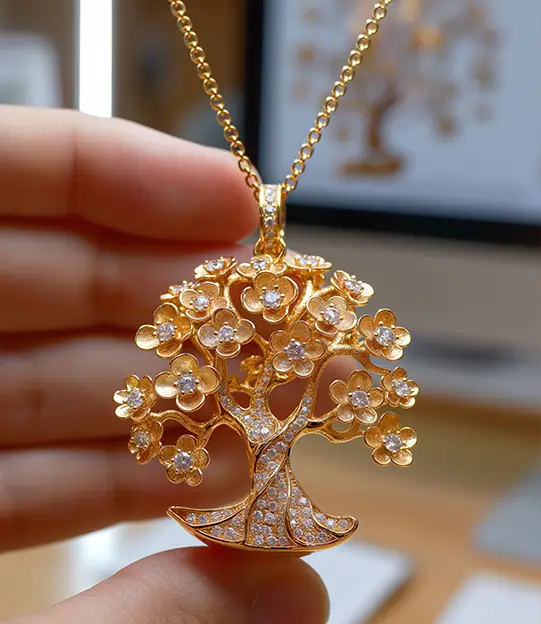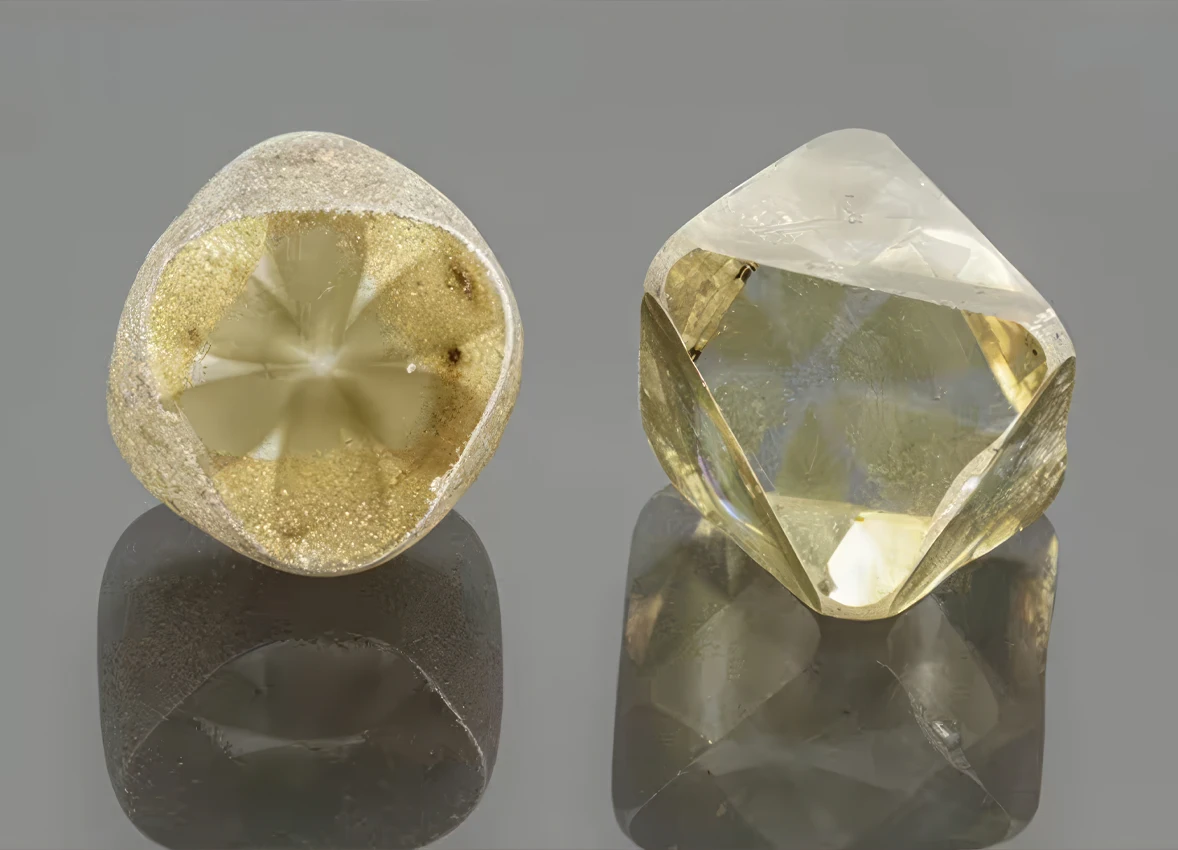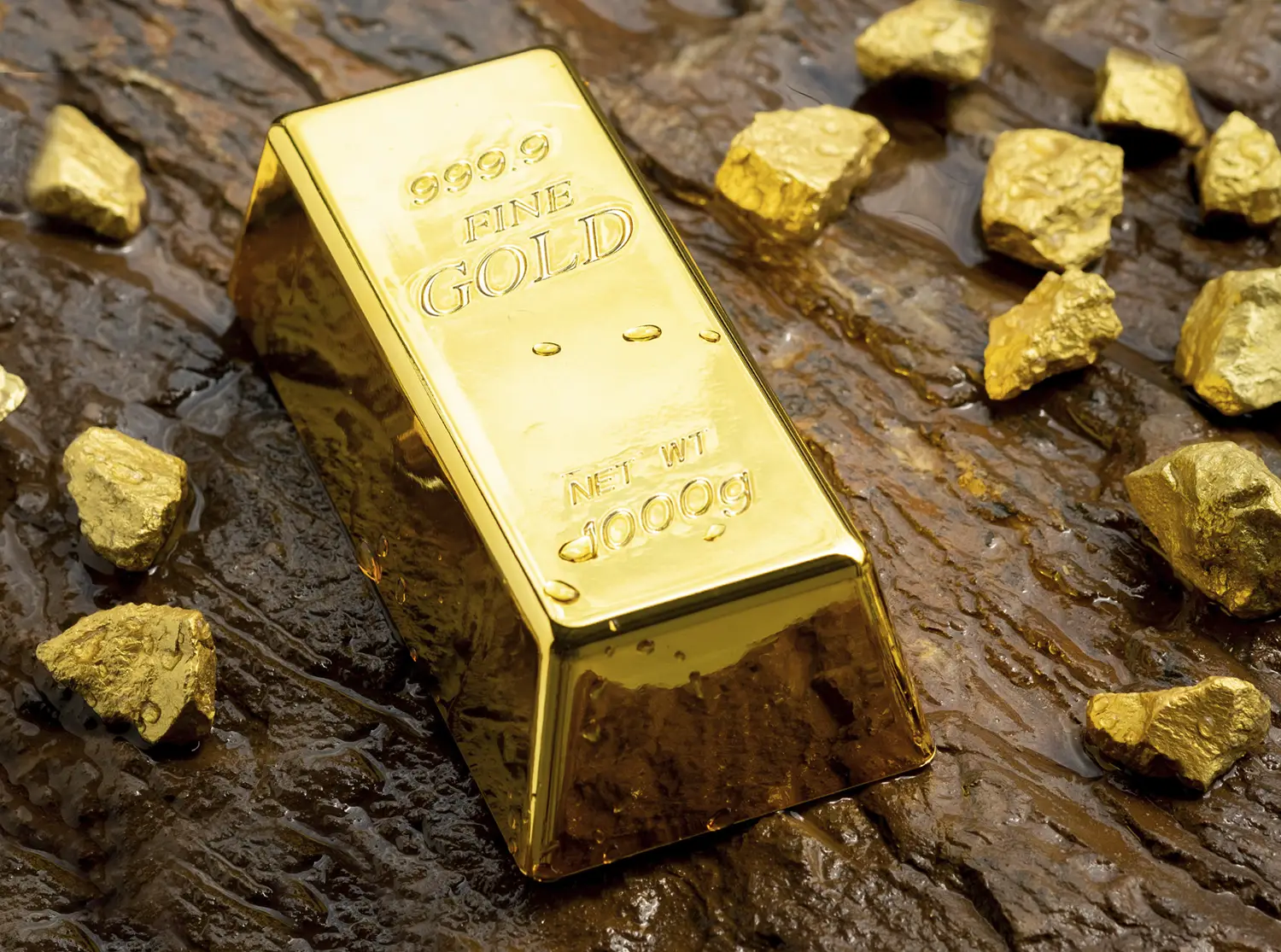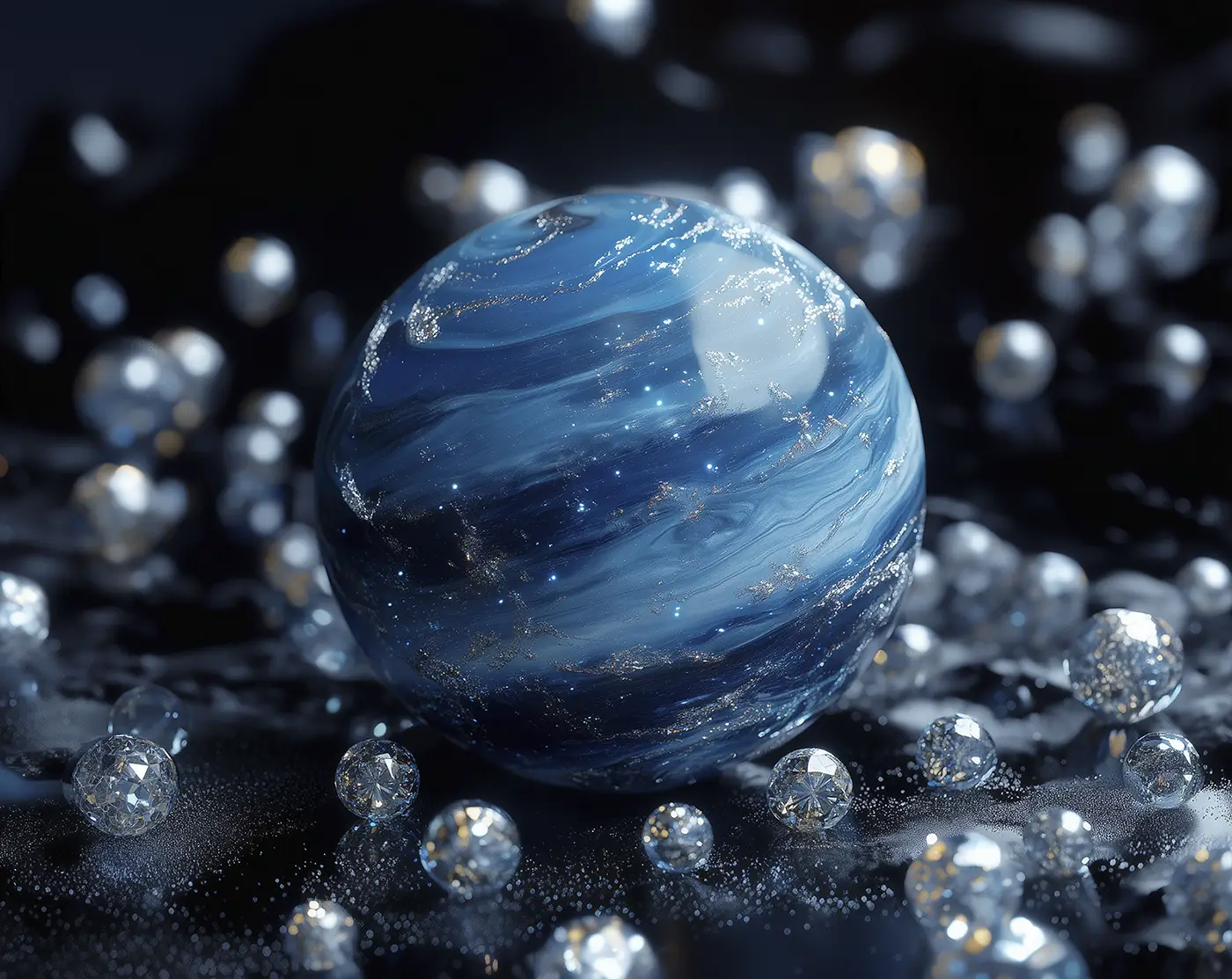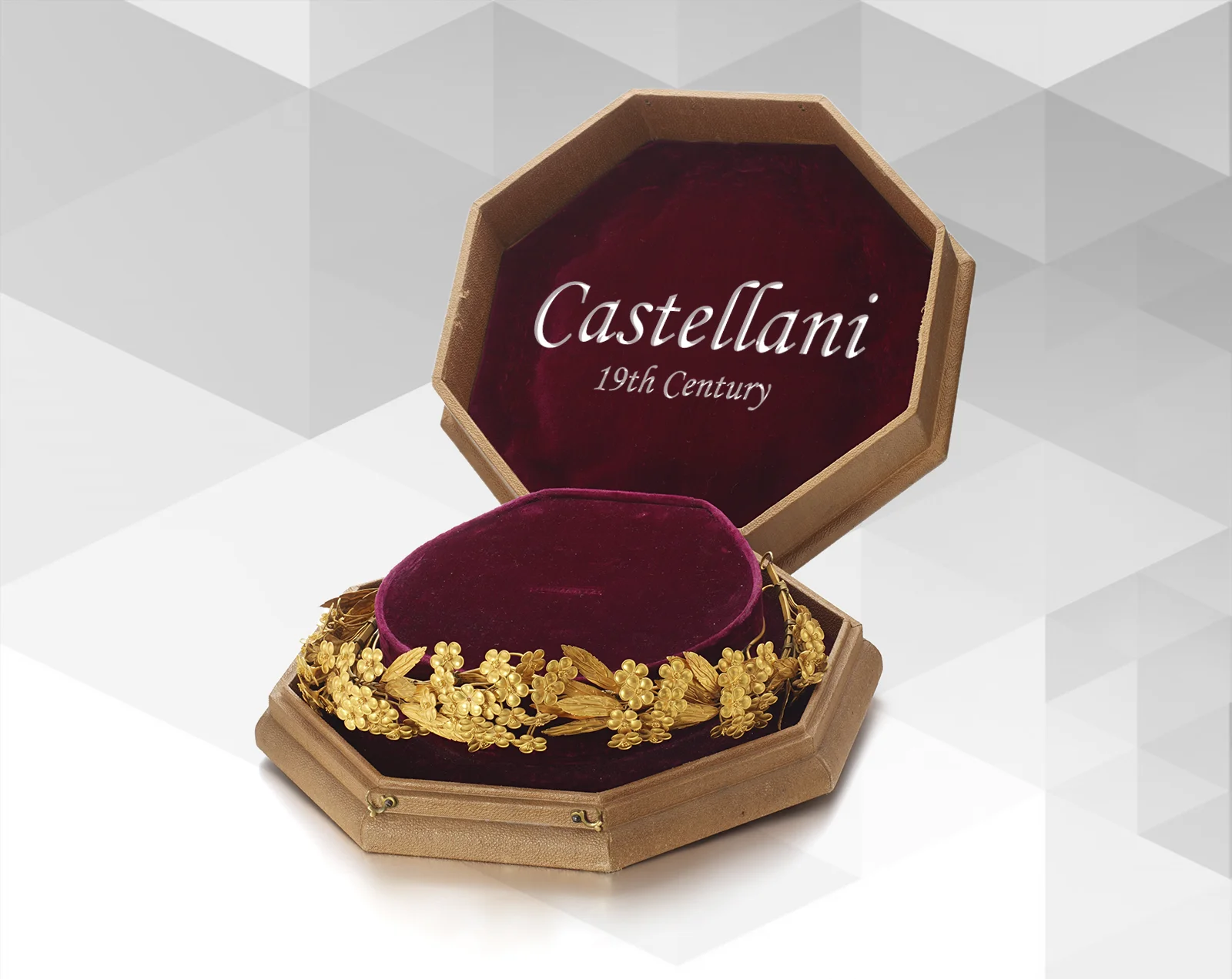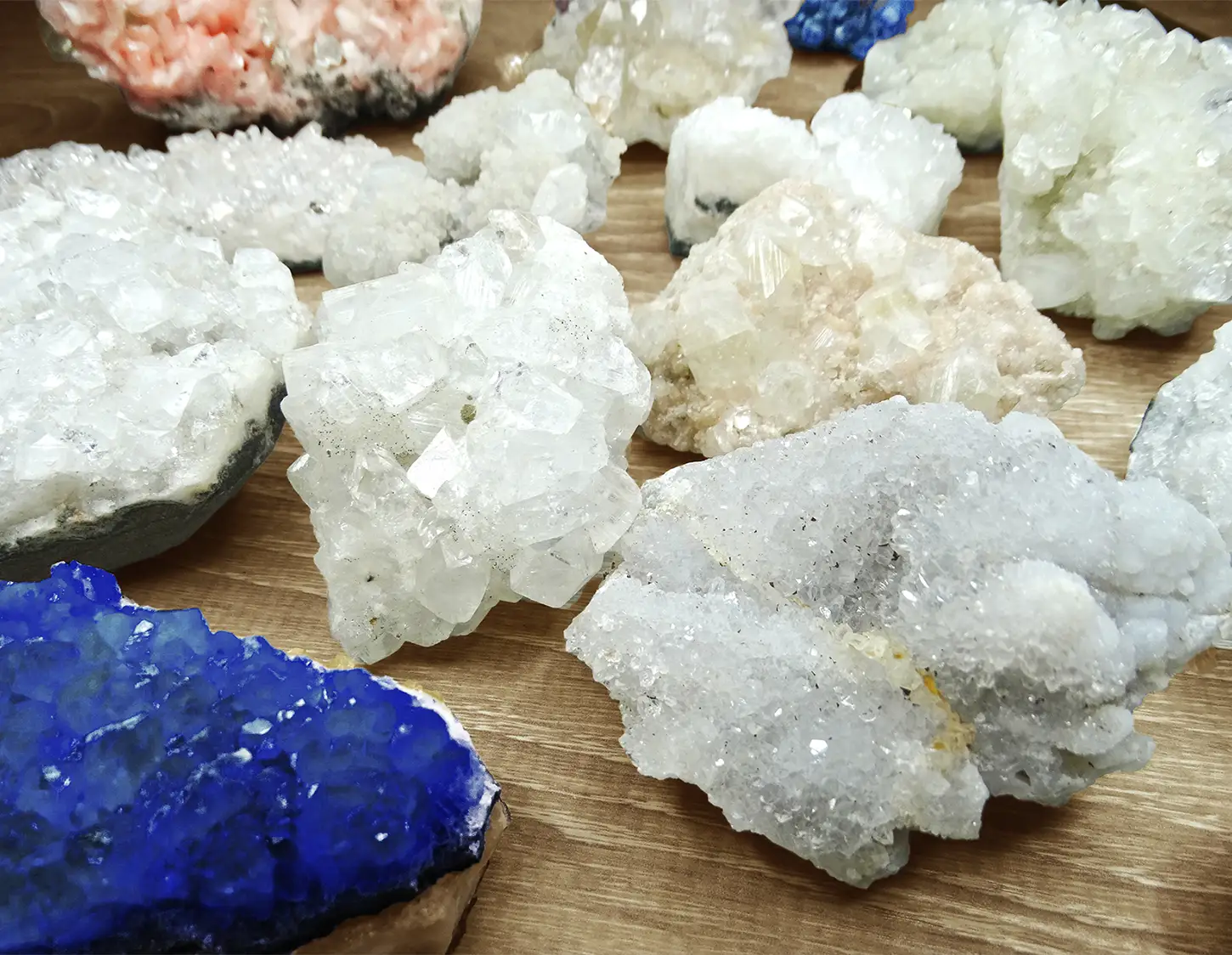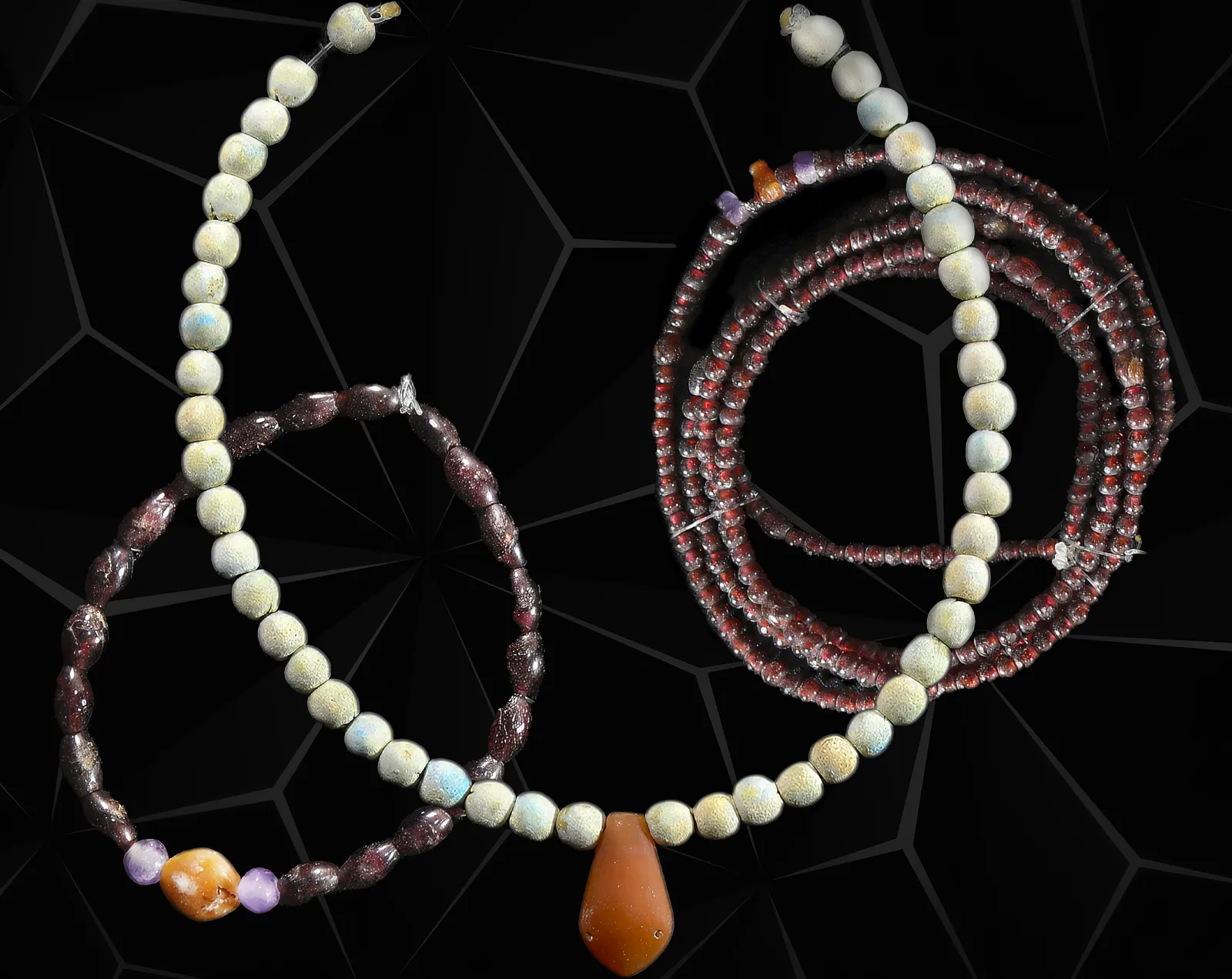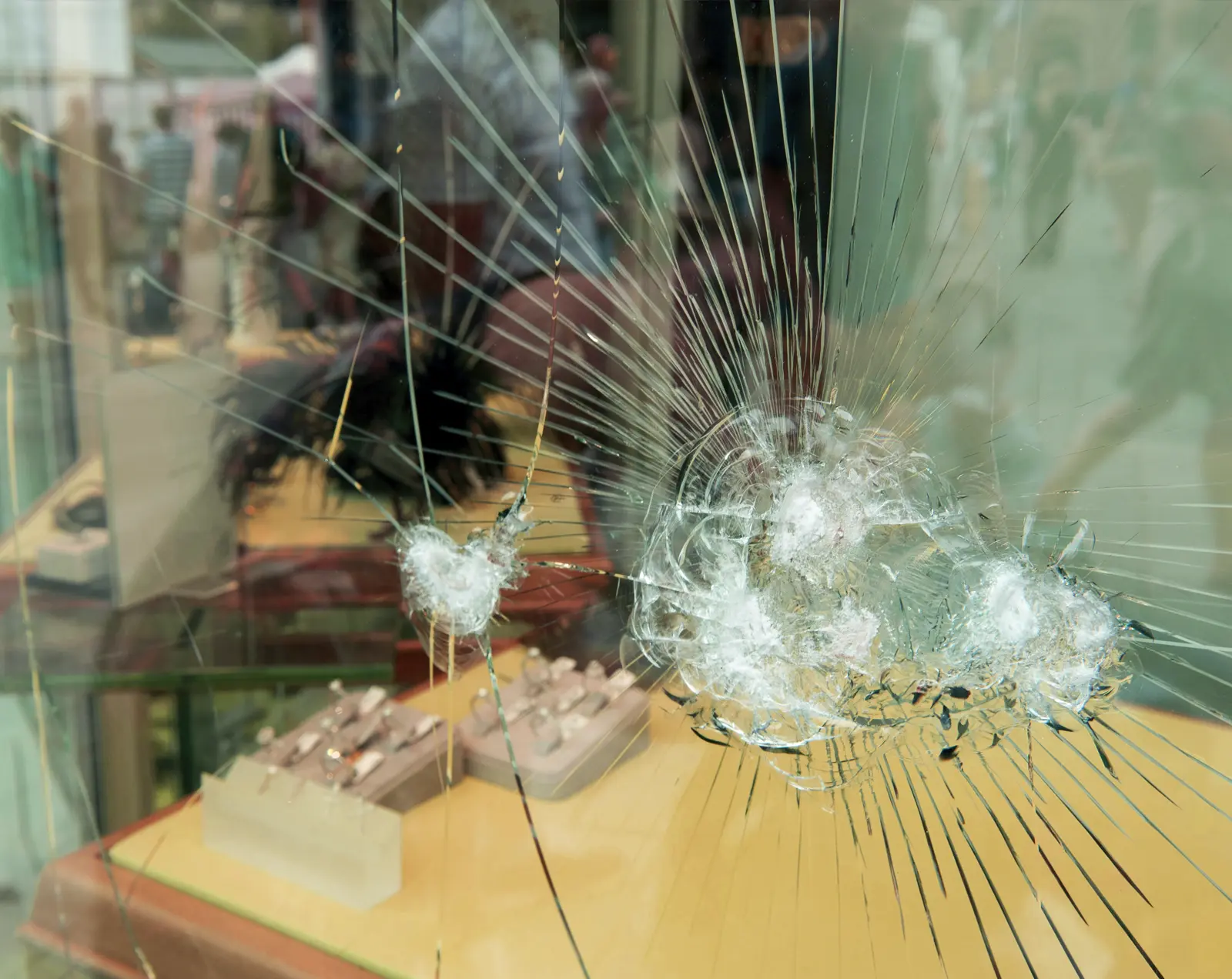Some people believe that inclusions diminish stones’ natural beauty and make them less valuable. They can cause a stone to be fragile and undermine its chemical purity. However, this is not entirely true. Some inclusions are so rare and unique that they can increase the stone’s value many times. Take, for example, two stunning diamonds that are now being closely examined by the Gemological Institute of America.
The diamonds were featured in the latest Gems and Gemology issue. The scientists have already determined their composition. Apart from pure carbon (which is what diamonds are made of), the two stones contain graphite, nickel, and hydrogen. These chemicals create a light-brown coloring in the shape of a star.
The weight of these rare finds is 8.57 and 8.14 cts respectively. The two specimens were exposed to the ultraviolet radiation in the lab to see the color they would give off. Both diamonds emitted a deep green color which is typical of stones with star-shaped patterns. It was also revealed that the specimens had experienced alpha radiation under natural conditions during their formation. The research team also applied other methods such as microtomography, X-ray examination, and spectrometry.

So far, it has been decided not to cut the smaller diamond into any particular shape and to preserve as much original shape as possible for the sake of research. The bigger specimen was polished with tapered edges. This is why the first specimen is great for studying both the original rough surface as well as visually examining the core of the diamond, while the second one sheds more light on what is going on inside the precious stone. Overall, GIA is very excited about the findings and hopes they will uncover more facts about how asteriated (star-patterned) diamonds get formed under natural conditions.

